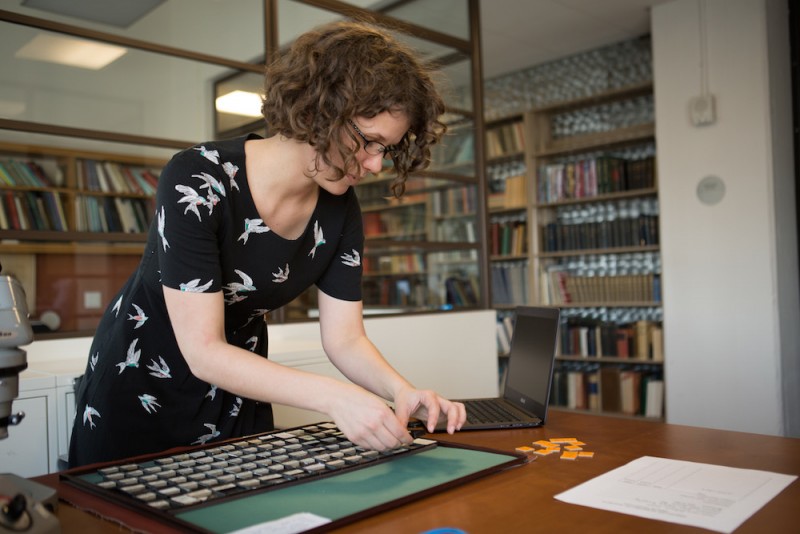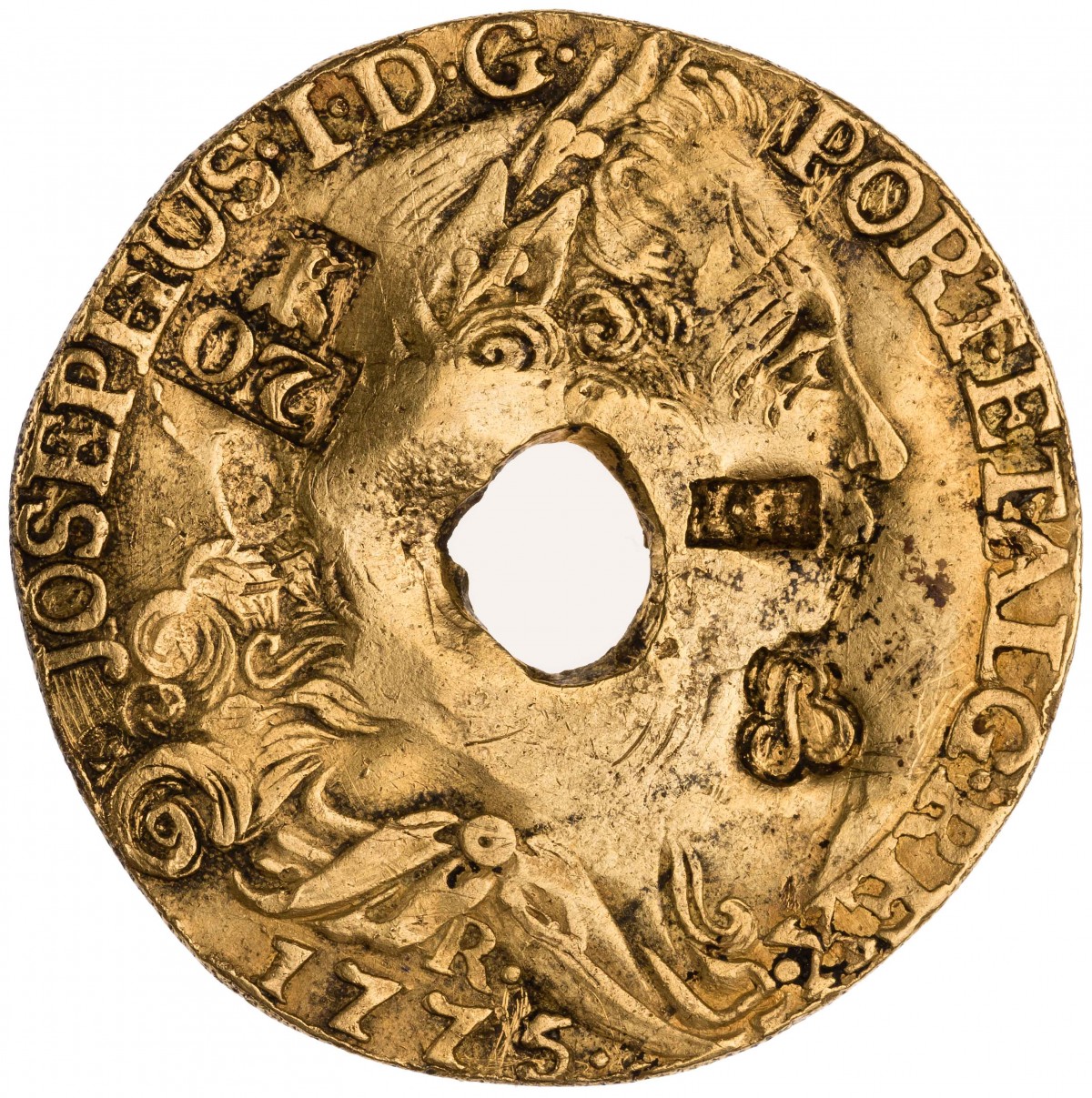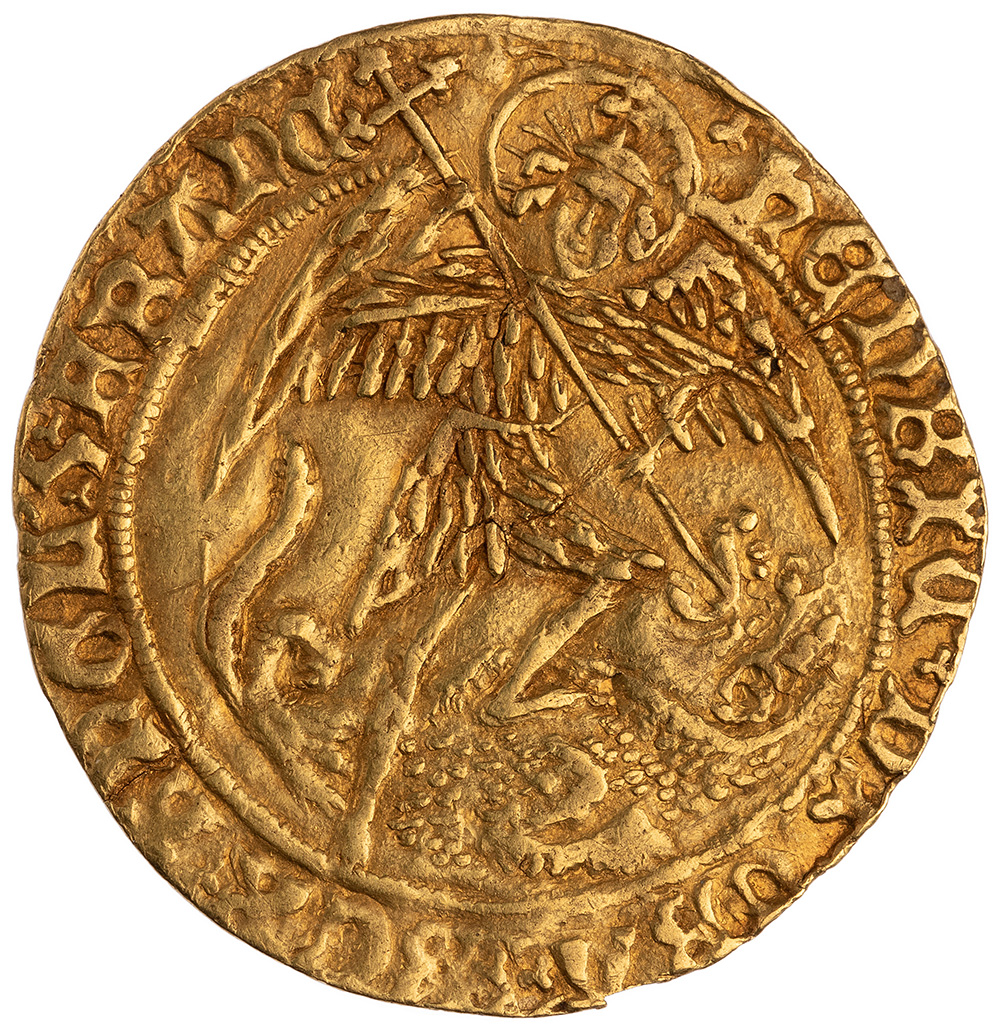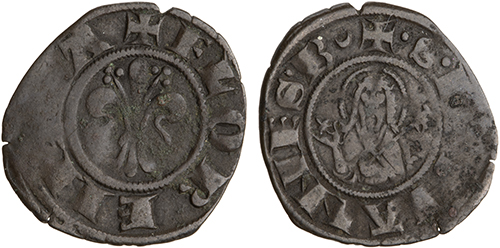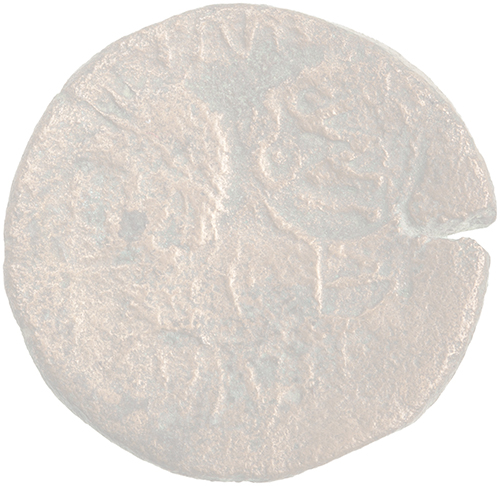Profiles in Research: Katherine Smoak
Last week Katherine Smoak, a graduate student in the Department of History at Johns Hopkins University, visited the ANS to research coins and counterfeiting in the eighteenth century Atlantic world. Katherine was kind enough to sit for a short interview about her work, and what follows is a lightly edited transcript of our talk.
What brings to you to the ANS today?
I am a Ph.D. candidate at Johns Hopkins University and I came to look at Caribbean coinage. I have been working on an article about counterfeits made in Birmingham and shipped to the Caribbean, mostly of Spanish and Portuguese coins, but also French billon coins.
And how did you get interested in numismatics?
Initially it came through an interest in crime and punishment in colonial America. I came across counterfeiters in this context and reviewing court records just made me realize how rich this sort of material about coins and paper money was.
What sort of material did you look at today?
Mostly at trays from the Caribbean cabinet. I am particularly interested in small change used mostly by enslaved peoples like black dogs and stampees. And then I was also looking at some higher value coins like cut Spanish silver and Portuguese gold half-joes that had been variously clipped and plugged. I was really interested in the counterstamps and what that means for different islands as they tried to certify weights and keep coins in circulation amidst a flood of counterfeits.
What is a black dog?
It was a small French coin that was supposed to be a copper and silver alloy that was sent to the French colonies in the Caribbean, but ended up circulating much more widely. My understanding of them from what I have been reading is that by the 1780s and 1790s, most all of the black dogs in circulation were counterfeits and not the original imported coin. What is circulating is something like a trade token that was being produced en masse in places like Birmingham and shipped to merchants and planters to use as small change.
Part of what was so exciting for me looking at the trays today was just to see what these coins I have been reading so much about looked and felt like. Getting to feel how heavy a silver dollar was and how tiny some of the cut pieces are was really great. With the copper coins, seeing how crude and thin and easy they presumably would have been to produce and counterfeit was interesting. Seeing how much counterfeit material there was relative to genuine coin on particular trays was pretty remarkable. The wear and clipping and plugging on the gold joes was pretty amazing and thinking about the tactile interactions with money that people are having and how you can feel when a coin has been altered.
Was there a particular coin that you found illuminating?
One of the most exciting things I saw was this Portuguese half-joe that had been holed and counterstamped for Trinidad, Berbice, and Martinique. Being able to see the clipped edges and weigh it and see just how crude the holing looked was neat. All of the marks just show how widely this coin circulated in the Caribbean. This was my first time actually seeing a half-joe. It was really exciting for me to hold one after reading all these legislative minutes and Board of Trade letters about them.
And what are your future plans for the research you did here today?
Beyond this article about the production of counterfeits in Birmingham for the Caribbean that I have been working on is my dissertation, which explores the larger world of counterfeiting in the Atlantic world throughout the eighteenth century. I want reconstruct the ways that counterfeiters operated, building on the work of people like Kenneth Scott and Philip Mossman, and look at what the presence of counterfeits does to how people interact with money. The working title of the project is “Circulating Counterfeits: Making Money and its Meanings in the Eighteenth-Century British Atlantic.”
You can find out more about Katherine’s ongoing research and publications here.


